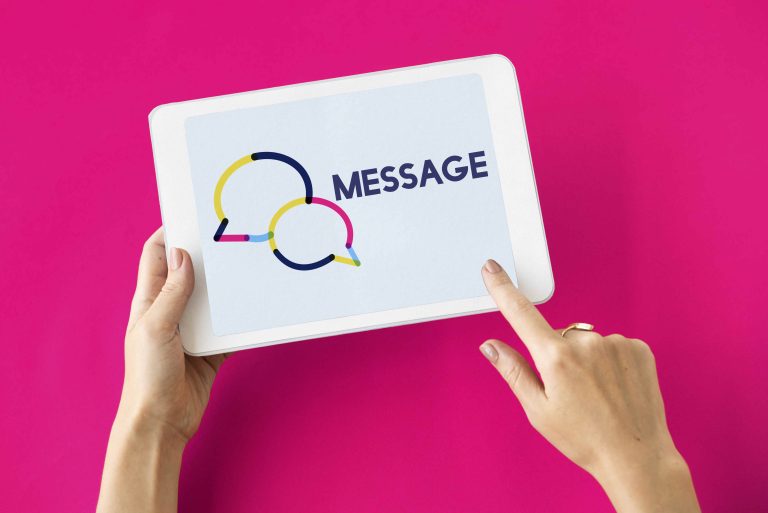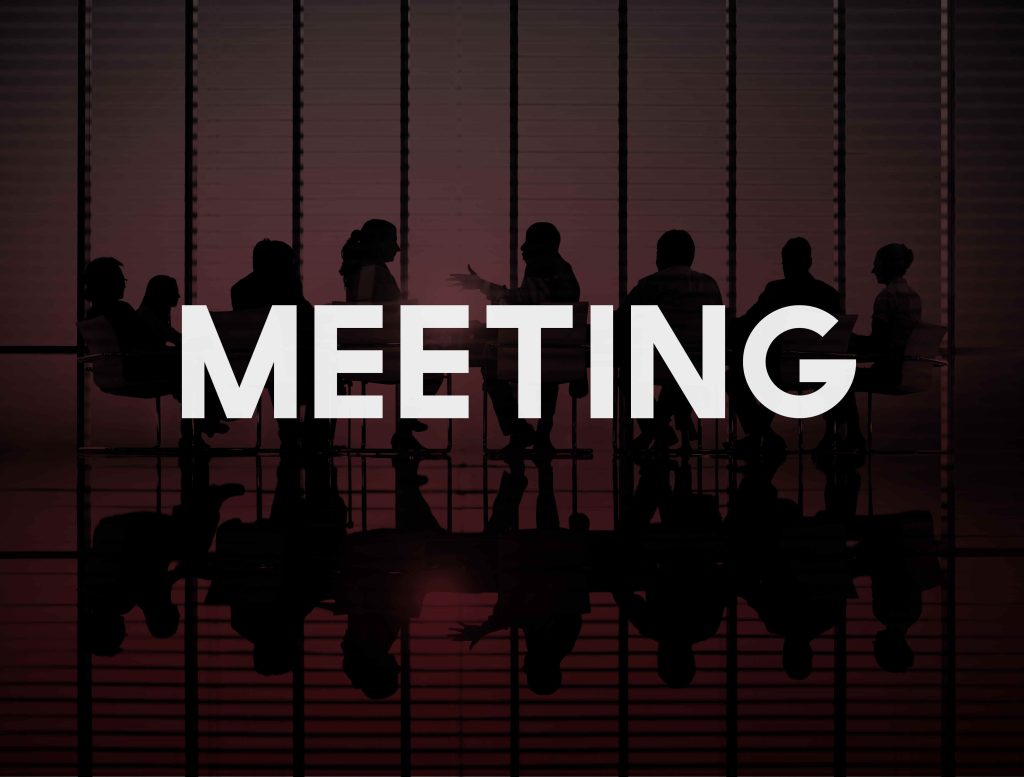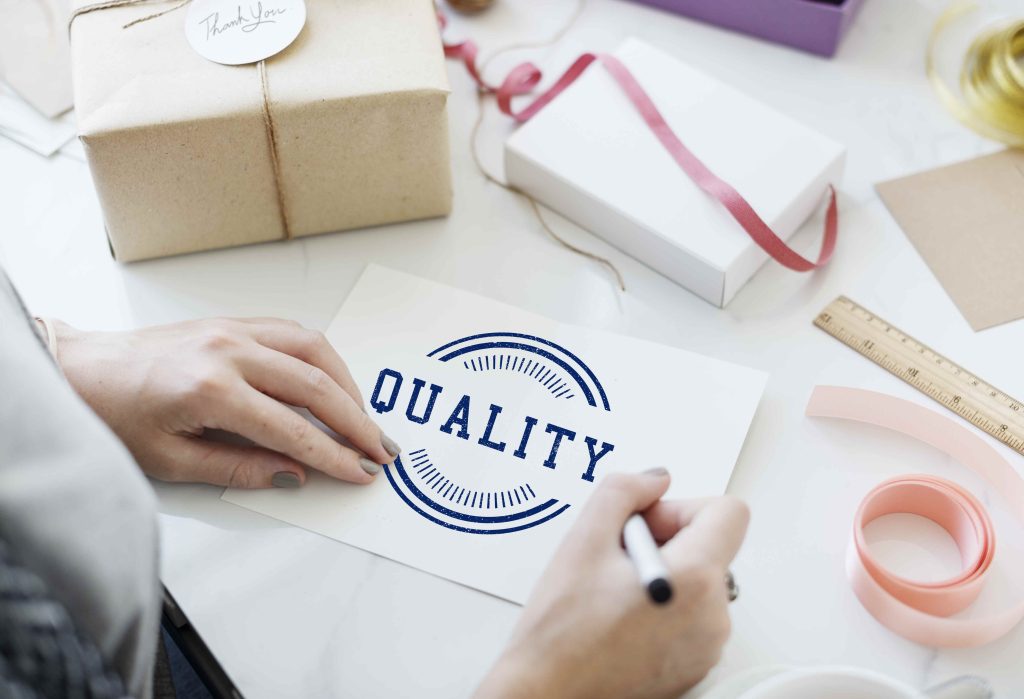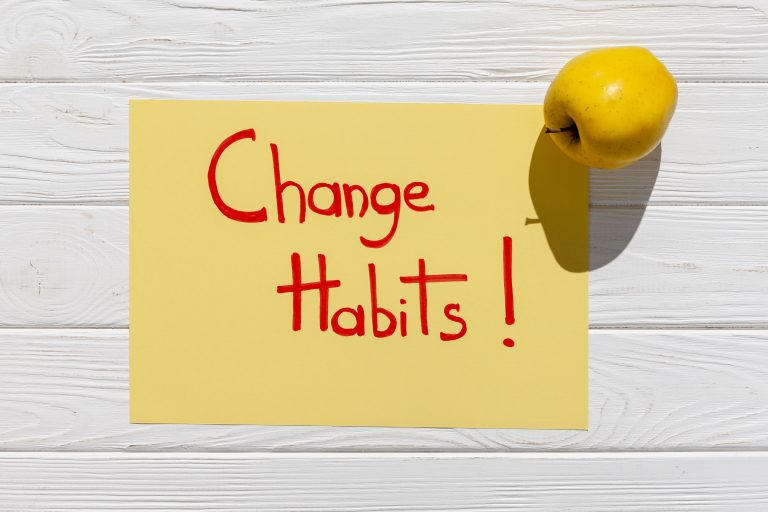Do you come to work to go to work? Does your team come to work to go to work? Or are there too many distractions getting in the way of productivity in your business? Would you like to limit distractions?
Distractions are a common problem in many workplaces, and they can have a significant impact on both productivity and the quality of work produced. In today’s fast-paced business environment, it can be challenging to limit distractions.
In this blog, we are going to look at what the principal distractions are and what techniques we can use to minimise them.
Who is in control?
This is a simple question to address. Do we want to run our day, or are we going to let the distractions run us? Do we want our team to focus on the important tasks, or are we going to allow distractions to interfere with their effectiveness? If you have decided to address the issue and change what needs to be changed to limit distractions, here are some basic steps to follow.
What are the key distractions?
The first step is to identify what the key distractions are. Are we talking about you as the business owner being distracted, or is it some of your team that are being distracted? Or both?

Step 1. What are the distractions and how much time is being lost to them?
These might be social media, email, telephone calls, team interruptions, a busy office environment, or unnecessary meetings. At a deeper level, it might be that uncertainty in the business is a distraction causing procrastination. Firstly, start to keep a time log of your distractions and note how time much each of the identified distractions uses up.
Step 2

Let’s then roughly estimate the cost of these different distractions in time and money. Do those numbers make you want to do something constructive to limit distractions?
Step 3
If we are going to limit the distractions then we need to identify what is causing them. At first glance that might be a simple superficial thing, however, on further examination, there are likely to be deeper-rooted reasons for the distractions.
Key distractions and how to deal with them
Social media, electronic chat, and things that go ping
With the fast pace of modern electronic communication we have become accustomed to responding instantly to messages, emails, and voicemails. Do we need to? If you were sitting in an important meeting, a sales meeting with an important customer, or a potential new customer, would you pick up your phone and answer a meaningless question? Probably not. So why when we are sat at the desk with important work to complete do we allow ourselves to be distracted by a ping or pop-up which is insignificant?

One way of dealing with this is to limit the time when electronic distractions are “live”. Establish a working pattern that allows for dealing with messages first thing, switching everything off for two hours to concentrate on the work that needs doing, maybe switch everything on for a mid-morning drinks break and deal with the important incoming messages, then switch it all off again until lunchtime. This allows you to separate and control your time devoted to communication and production.
Open door and open plan working
If your work environment is noisy or disruptive to concentration, there may be numerous ongoing distractions that prevent concentrated working. You might want to consider people having noise-canceling headphones, or a red flag system where if team members are doing concentrated work a sign is placed on their workstation so that they are not interrupted.
As a business owner, if you have an open-door policy, you might find yourself constantly interrupted by team members seeking solutions to their problems. The easiest solution to this is to build an understanding that when the door is closed you don’t want to be interrupted.
However, at a deeper level, ask yourself why your team members keep bringing the problems to you. Is it because you keep telling them what to do? If you do, then they will keep bringing the problems to you. Try an alternative approach that seeks to engage them in thinking about and owning the solution. This is a subtle way of building your team’s problem-solving abilities and as they grow the number of problems coming to you will subside. It is initially more time-consuming yet saves a lot of time in the long run.
Use a meeting structure to minimise team distractions
Another way to limit team distractions is to set up a structured meeting pattern. Once a week hold a weekly LION meeting with your team. The agenda is as follows:
Last Week – Review of KPIs and business last week.
Issues – Matters arising from last week that need dealing with.
Opportunities – What are the latest opportunities for the business and what actions on them?
Next Week – What needs to be done now to achieve the business goals?

Join the NoLimits Business Community
Are you a business owner looking to take your business to the next level? Join our innovative community of like-minded professionals and gain access to a wealth of valuable resources, including a community portal to chat with other business owners, ebooks, business development software, and growth events that will transform the way you do business. Best of all, these resources are completely free and will be available to you forever.
But the benefits of joining our NoLimits business community don’t stop there. By becoming part of our community, you’ll have the opportunity to connect with other business owners, share insights and ideas, and build valuable relationships that will help your business thrive. Don’t miss out on this amazing opportunity to supercharge your business and join us today!
Having set up a LION meeting at the start of the business week, then a fifteen-minute Daily Huddle at the start of each day to update on progress should have everyone reporting on yesterday’s progress and allows you to refocus everyone on what needs to be done today. You can then guide your team to raise issues in these meetings and not sporadically throughout the day, thus reducing distractions.
Home working distractions
If you work from home, try to create a designated workspace, ideally setting up a home office that is separate from your living space. This can help you to separate work from your personal life and limit distractions. It’s also important to establish boundaries. This could mean setting specific work hours or ensuring that colleagues know not to interrupt you during certain times of the day. Clear communication can go a long way in reducing distractions.
Prioritising can reduce the distractions
If you are clear about what are the most important tasks and when they need to be completed, this can help you focus. Consider all tasks in terms of whether are they Important, which means they are essential to the profit of the business this week or this month, or they are compliance essential, or they are essential to the month or quarter goals. Then consider them in terms of Urgency, when do they need to be done? Prioritise them as follows
1. Important and Urgent – immediate profit-generating or compliance activities
2. Important and Not Urgent – business planning and improvement activities
3. Not Important and Urgent – who am I kidding?
4. Not Important and Not Urgent – why does this really need doing?
Avoid multi-tasking to reduce the distractions
Multi-tasking by its very nature breeds distraction. When you focus on a single task, you can give it your full attention, which can lead to better quality work and faster completion times. However, allowing multi-tasking into our routine sets our minds into jumping from one task to the next without really considering its importance or urgency. So when we multi-task we are more open to distraction as we are not concentrating on finishing a task to a high quality. Get clear on your priorities, plan the order of work, and work the plan.

Make time to take a proper break
Finally, it’s important to take breaks. When we work for long periods without a break, our concentration can suffer, and consequently, we may become easily distracted. Taking short breaks, even just a few minutes, can help to refresh our minds and increase productivity.
Conclusion
Ultimately, limiting distractions requires discipline and effort. It’s important to create a work environment that supports focus and concentration and to establish boundaries and limits that help you to stay on task. By taking control of your technology use, introducing structure around your team and helping them to solve problems they normally bring to you, prioritising your work, and taking regular breaks, you can limit distractions and improve your productivity and the quality of your work.
By Tom Allchurch
Join the NoLimits Business Community
Are you a business owner looking to take your business to the next level? Join our innovative community of like-minded professionals and gain access to a wealth of valuable resources, including a community portal to chat with other business owners, ebooks, business development software, and growth events that will transform the way you do business. Best of all, these resources are completely free and will be available to you forever.
But the benefits of joining our NoLimits business community don’t stop there. By becoming part of our community, you’ll have the opportunity to connect with other business owners, share insights and ideas, and build valuable relationships that will help your business thrive. Don’t miss out on this amazing opportunity to supercharge your business and join us today!

